15 Movie Villains Who Overshadowed Their Heroes
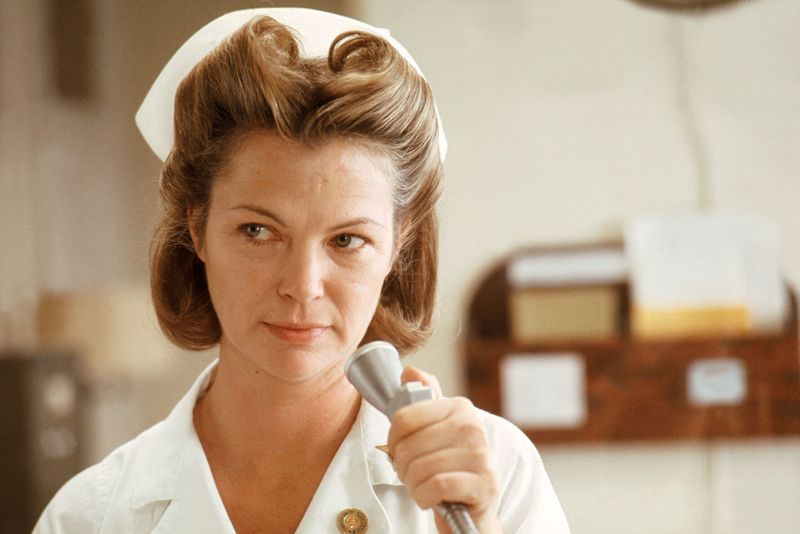
Some movie villains are so captivating that they steal the spotlight from the heroes meant to defeat them. These unforgettable antagonists become the characters we remember most, quote endlessly, and sometimes even root for. When a villain’s charisma, complexity, or sheer terror overshadows the protagonist, they transform from supporting character to cultural icon.
1. The Joker – The Dark Knight (2008)
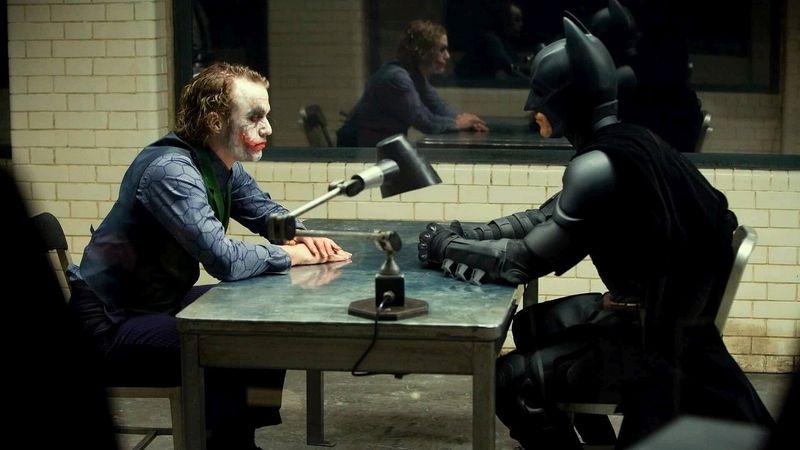
Heath Ledger’s haunting portrayal of chaos incarnate redefined what a comic book villain could be. His Joker wasn’t just evil—he was a force of nature that exposed the fragility of civilization itself.
Every scene crackled with unpredictable energy as Ledger disappeared completely into the role. The actor’s tragic death shortly after filming added an eerie weight to his performance that still gives viewers chills.
While Christian Bale delivered a solid Batman, audiences left theaters talking about the Joker’s twisted philosophy and terrifying laugh. Ledger’s posthumous Oscar win proved what fans already knew—this villain had become larger than the Dark Knight himself, creating a legacy that continues influencing portrayals of madness in cinema today.
2. Darth Vader – Star Wars Original Trilogy
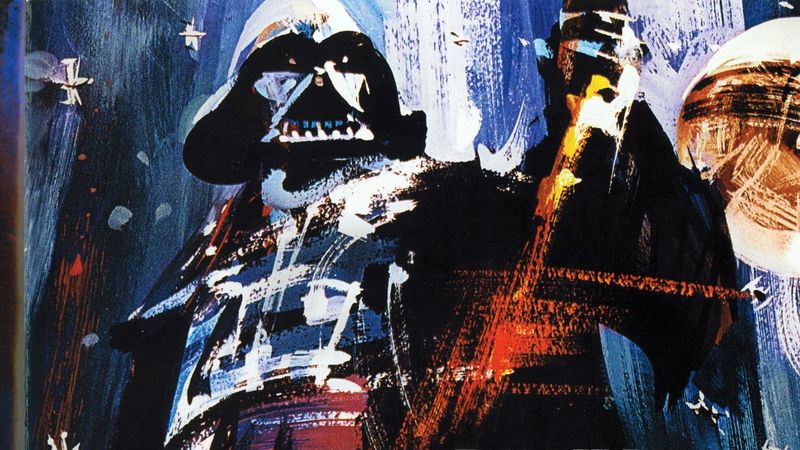
Behind that iconic black mask lies cinema’s most recognizable villain, whose heavy breathing alone can silence a room. Vader’s imposing presence and James Earl Jones’ commanding voice created an antagonist who transcended his own franchise.
Luke Skywalker may be the saga’s hero, but Vader’s complex journey from fallen Jedi to reluctant father became the trilogy’s emotional core. His internal struggle between light and dark resonated with audiences far more than Luke’s coming-of-age story.
The revelation “I am your father” remains one of cinema’s greatest plot twists, cementing Vader’s place in pop culture history. His redemption arc gave depth to what could have been a simple villain, proving that sometimes the most compelling characters are those fighting battles within themselves while terrorizing galaxies far, far away.
3. Hannibal Lecter – The Silence of the Lambs (1991)
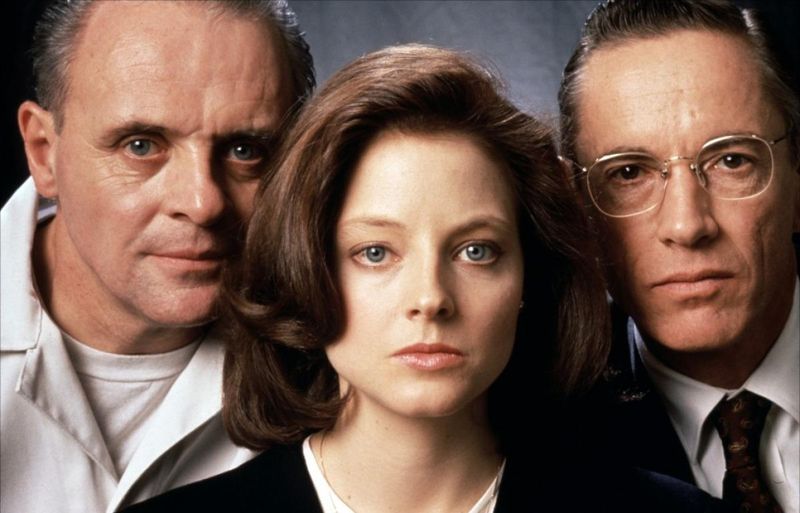
Anthony Hopkins needed less than twenty minutes of screen time to create horror cinema’s most sophisticated monster. His Hannibal Lecter combined intellectual brilliance with cannibalistic tendencies, making viewers simultaneously fascinated and terrified.
Hopkins’ chilling performance earned him an Academy Award for what’s technically a supporting role. His precise delivery and penetrating stare made every interaction with Clarice Starling feel like a deadly chess match.
While Jodie Foster’s Clarice was compelling, audiences became obsessed with Lecter’s psychological games and cultured demeanor. The character’s popularity spawned sequels, prequels, and a television series, proving that sometimes the most memorable characters are those who make us question our own moral boundaries while serving dinner with impeccable manners and terrifying appetites.
4. Loki – The Avengers (2012)
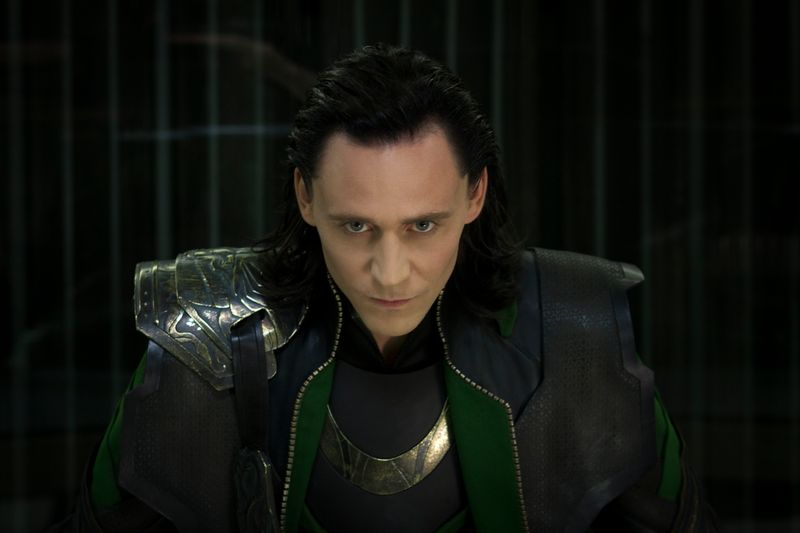
Loki possessed a wit sharper than his daggers and vulnerability that made his villainy oddly sympathetic.
While Earth’s Mightiest Heroes assembled to save the world, audiences found themselves drawn to Loki’s theatrical flair and daddy issues. Hiddleston’s performance balanced menace with humor, creating a villain who seemed to enjoy being bad almost as much as fans enjoyed watching him.
The character’s popularity led to his own Disney+ series and countless memes celebrating his sarcastic quips. Loki proved that sometimes the best villains are those who make evil look effortlessly stylish while delivering devastating one-liners that overshadow even the most heroic speeches from the good guys trying to stop them.
5. Magneto – X-Men Franchise
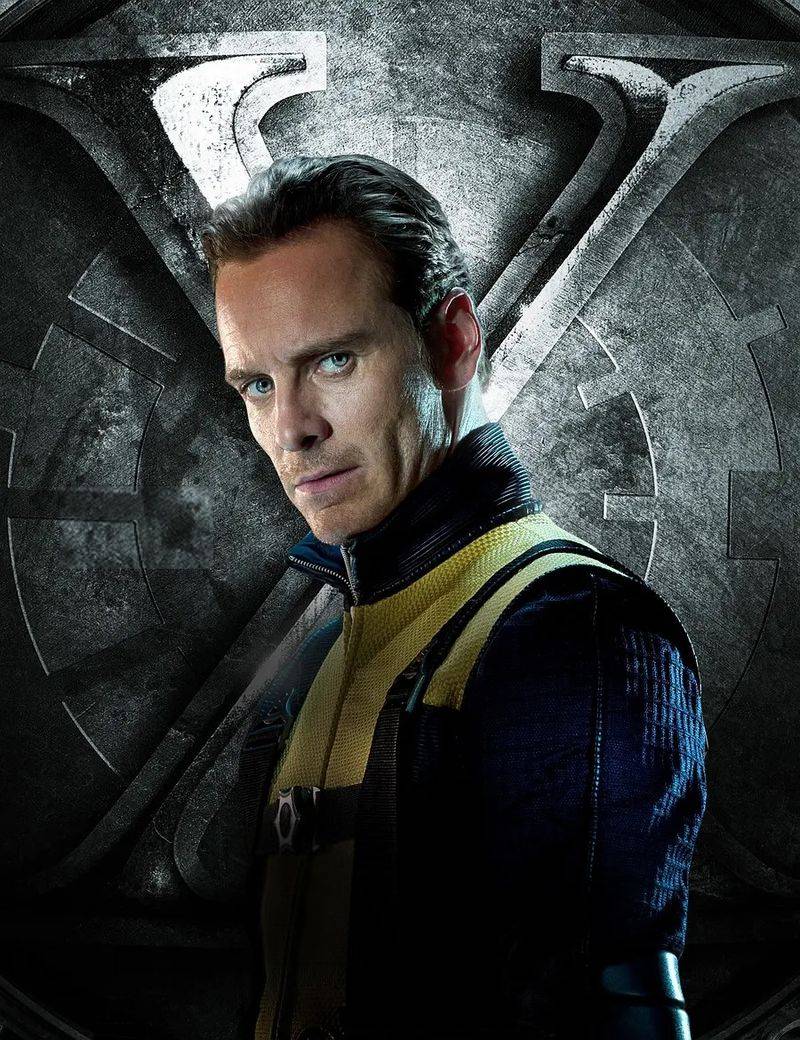
Both Ian McKellen and Michael Fassbender brought gravitas to Erik Lehnsherr that made his cause feel more compelling than Professor X’s peaceful approach. Magneto’s tragic backstory as a Holocaust survivor added layers of complexity rarely seen in comic book adaptations.
His magnetic powers were visually spectacular, but his ideological battles with Charles Xavier provided the franchise’s emotional weight. McKellen’s older Magneto carried decades of disappointment, while Fassbender’s younger version showed the pain that created such bitter wisdom.
While the X-Men fought for acceptance, Magneto’s militant approach often seemed more logical given humanity’s persistent prejudice. His famous “I’ve been at the mercy of men just following orders” speech revealed a villain whose methods were questionable but whose motivations were heartbreakingly understandable, making him more memorable than many heroes.
6. Anton Chigurh – No Country for Old Men (2007)
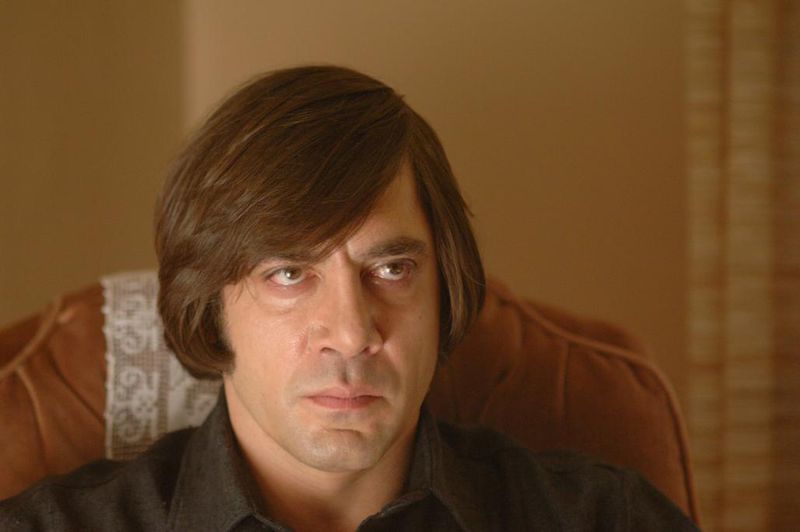
This character redefined screen terror through quiet menace and philosophical discussions about fate. His distinctive bowl cut and cattle gun became symbols of unstoppable, methodical evil that haunted viewers long after the credits rolled.
The character’s coin-flipping ritual turned random chance into a weapon more frightening than any gun. Bardem’s calm delivery made Chigurh’s violence feel inevitable rather than passionate, creating a villain who seemed less human than natural disaster.
While Tommy Lee Jones and Josh Brolin delivered solid performances, Chigurh became the film’s unforgettable center. His philosophical approach to murder and unwavering commitment to his twisted principles created a villain who represented something deeper than simple evil—he embodied the random, unstoppable nature of death itself in modern America.
7. Hans Landa – Inglourious Basterds (2009)

Fluent in multiple languages, Landa orchestrated genocide with unsettling courtesy and intellectual pride, turning every interaction into a sinister mind game.
From the unforgettable opening farmhouse interrogation to his playful, cat-and-mouse exchanges, every scene featuring Landa crackled with tension. Waltz’s ability to make audiences both admire and despise the character revealed acting mastery that left the film’s heroes in his shadow.
His theatrical flair and unnerving shifts from charm to menace made Landa not just memorable but magnetic. In the end, it was his polite smile — masking unspeakable evil — that became Inglourious Basterds’ most quoted and enduring legacy.
8. Scar – The Lion King (1994)
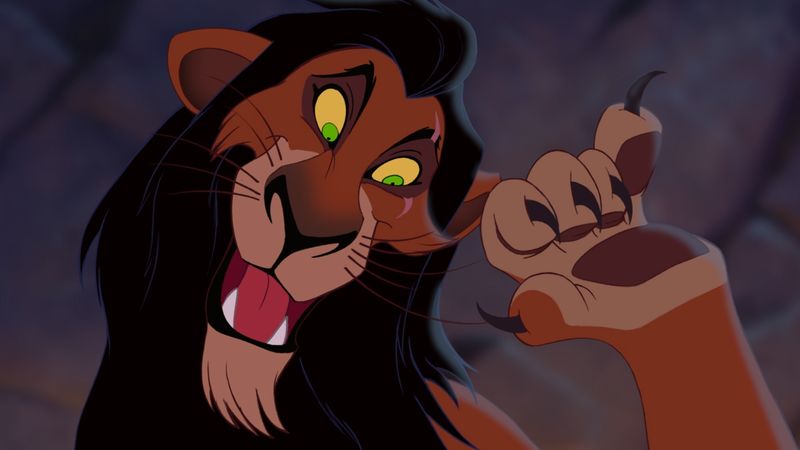
Jeremy Irons lent his silky British accent to Disney’s most sophisticated villain, creating a character whose intelligence made him more threatening than simple brute force. Scar’s dramatic flair and quotable lines turned him into animation’s most memorable antagonist.
His “Be Prepared” musical number showcased villainy with style, featuring Nazi-inspired imagery that adults understood while children simply enjoyed the catchy tune. Irons’ performance balanced humor with genuine menace, making Scar both entertaining and frightening.
While Simba’s journey was the film’s focus, many viewers found Scar’s sardonic wit and theatrical villainy more engaging than the hero’s predictable growth. His jealousy-driven plot and memorable death scene created a villain whose impact extended far beyond his animated origins, inspiring countless memes and establishing the template for sophisticated Disney antagonists who followed in his pawprints.
9. Nurse Ratched – One Flew Over the Cuckoo’s Nest (1975)
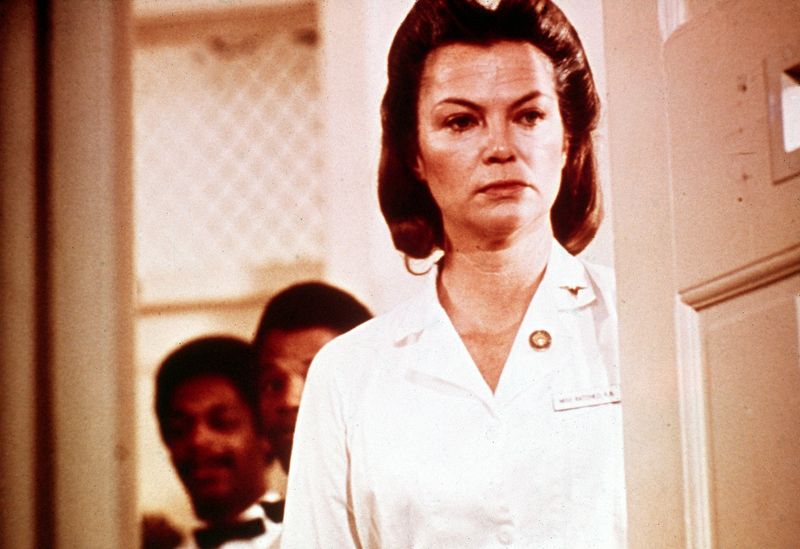
Louise Fletcher’s portrayal of institutional authority gone wrong created cinema’s most chilling representation of bureaucratic evil. Her Nurse Ratched wielded rules and regulations like weapons, destroying spirits with systematic precision that felt more terrifying than physical violence.
Fletcher’s performance was masterfully restrained, never raising her voice while methodically crushing the patients’ humanity. Her calm demeanor masked a control freak whose need for order justified any cruelty necessary to maintain her power structure.
While Jack Nicholson’s McMurphy was charismatic, Ratched represented something more universally feared—the petty tyrant who uses authority to inflict suffering. Her white uniform and pleasant smile became symbols of oppression disguised as care, creating a villain whose influence extended beyond cinema into discussions about institutional abuse and the corrupting nature of unchecked power in healthcare settings.
10. Michael Myers – Halloween (1978)
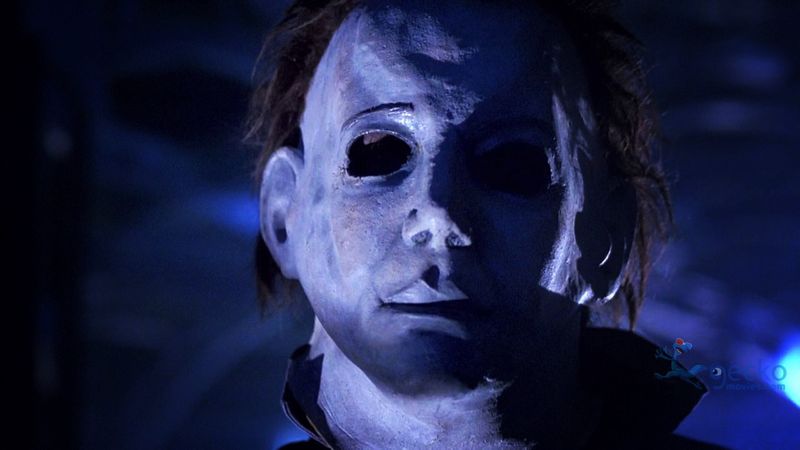
The faceless Shape became horror’s most enduring icon through sheer, inexplicable evil that required no backstory or motivation. His blank white mask and methodical stalking created a villain who represented pure, unstoppable malevolence that haunted suburban nightmares.
John Carpenter’s direction made Myers more terrifying through what wasn’t shown—his face, his reasons, his humanity. The character’s silent persistence and supernatural resilience turned him into something more mythical than human, a boogeyman made flesh.
While Jamie Lee Curtis’s Laurie Strode was a capable final girl, Myers became the franchise’s true star through multiple sequels and reboots. His influence shaped the slasher genre and created the template for unstoppable killers who followed, proving that sometimes the most frightening villains are those who offer no explanation for their evil, just relentless, deadly persistence.
11. Thanos – Avengers: Infinity War (2018)
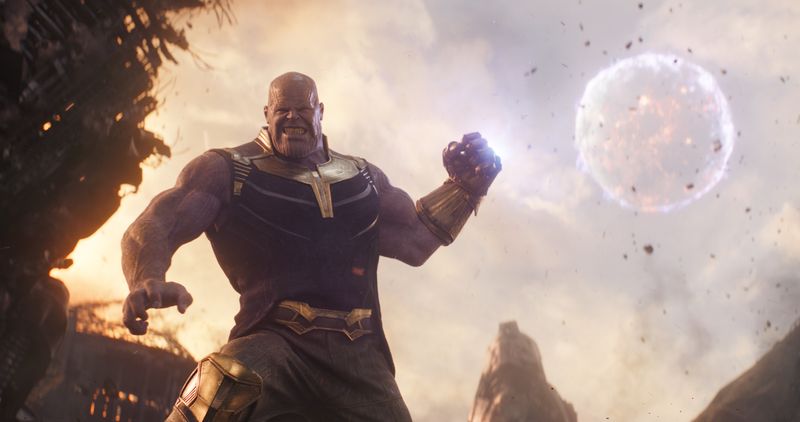
Thanos believed he was saving the universe through mass murder, creating a villain whose conviction made him more interesting than many heroes.
The film essentially told his story, following his quest to collect the Infinity Stones while showing glimpses of genuine emotion and sacrifice. His relationship with Gamora added unexpected depth to a character who could have been a simple destroyer.
While the Avengers assembled to stop him, Thanos succeeded in his goals, making him one of cinema’s few victorious villains. His philosophical approach to universal balance and willingness to sacrifice everything, including his beloved daughter, created an antagonist whose motivations were understandable even when his methods were monstrous, overshadowing Earth’s Mightiest Heroes through sheer tragic determination.
12. The Wicked Witch of the West – The Wizard of Oz (1939)
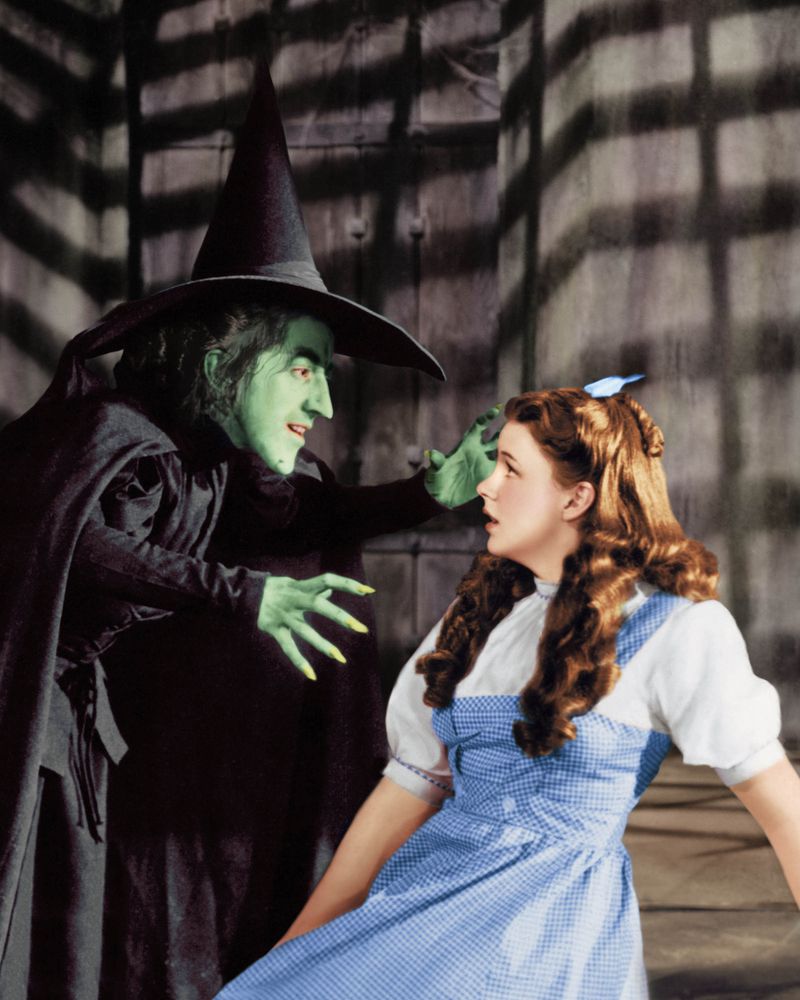
Her theatrical entrances in clouds of smoke and dramatic exits gave audiences a masterclass in show-stealing villainy.
Balancing menace with just enough camp to keep young viewers more thrilled than traumatized, Hamilton delivered lines like “I’ll get you, my pretty!” with unforgettable melodramatic flair. The result was a villain who was not only frightening, but irresistibly quotable.
While Judy Garland’s Dorothy embodied innocence and hope, it was the Witch’s ruby slipper obsession, her army of flying monkeys, and her unforgettable look that became lasting pop culture touchstones. Hamilton didn’t just play a witch — she defined what a witch should look, sound, and cackle like for generations.
13. Agent Smith – The Matrix (1999)
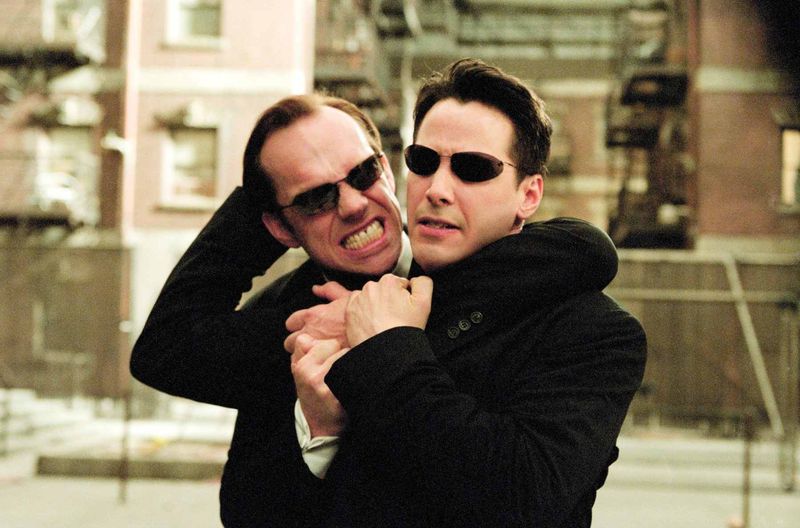
Cold logic and seething contempt for humanity fused together in the chilling presence of Agent Smith, a villain who embodied the merciless precision of artificial intelligence. Every word dripped with mechanical cadence, yet beneath the monotone lurked genuine disgust for the “virus” of human existence infecting his perfect digital realm.
Even in moments of exposition, Smith radiated threat — his philosophical hatred for humanity became as intimidating as his ability to multiply and infiltrate the Matrix itself. Within that world, he felt unstoppable, a predator who bent reality to his will.
Though Neo was the prophesied savior, it was Smith’s sneering “Mr. Anderson” and his infamous virus analogy that carved deeper into pop culture memory. With his dark sunglasses and eloquent venom, he became the franchise’s most quotable force, often eclipsing the hero he was meant to destroy.
14. Jack Torrance – The Shining (1980)
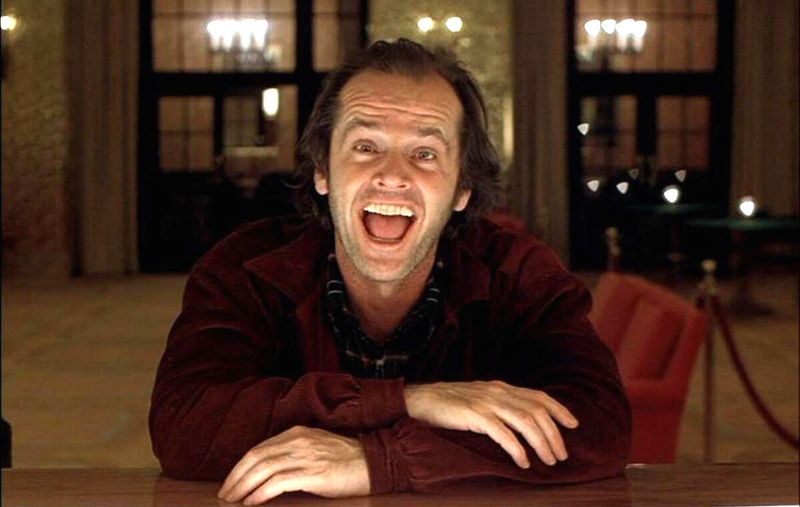
Jack Nicholson’s descent into madness created horror cinema’s most quotable villain through his transformation from struggling writer to ax-wielding maniac. His manic grin and “Here’s Johnny!” became cultural touchstones that defined cinematic insanity for generations of viewers.
Nicholson’s performance walked the line between terrifying and darkly comic, making Jack’s breakdown both horrifying and oddly entertaining. His interactions with imaginary bartenders and typewritten madness showcased an actor fully committed to portraying psychological collapse with theatrical flair.
While Shelley Duvall’s Wendy was sympathetic, Jack became the film’s unforgettable center through sheer manic energy and memorable dialogue. His iconic scenes in the hotel bar and maze chase created moments that transcended horror to become part of popular culture, proving that sometimes the most memorable characters are those who lose their minds with style and terrifying enthusiasm.
15. Bane – The Dark Knight Rises (2012)
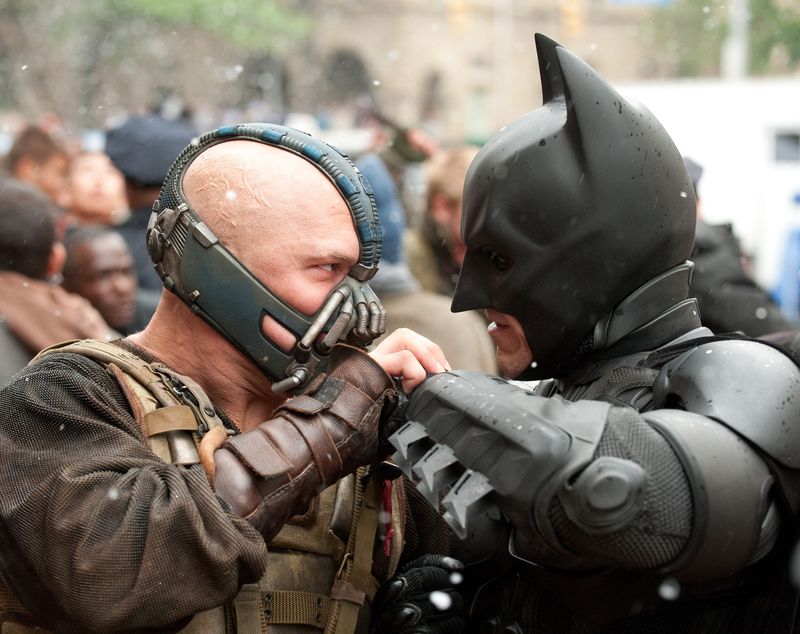
A masked mercenary with both brute strength and sharp intellect, Bane stood as the rare villain who shattered Batman physically and psychologically. His distinctive, muffled voice and chillingly philosophical musings on destruction elevated him beyond a typical revenge-driven antagonist.
With his face hidden, Bane’s power came through body language and vocal nuance — Hardy’s performance made every scene feel dominated by his presence. His calm, almost academic discussions of inevitable collapse, set against the backdrop of Gotham’s ruin, created a villain who felt unstoppable.
While Christian Bale delivered a fitting final performance as Batman, it was Bane’s speeches, his shocking victory over the Dark Knight, and his reign of fear that lingered in audiences’ minds. By exposing the hero’s fragility before ultimately falling, Bane proved that the most memorable villains are those who taste true victory, however briefly.

Comments
Loading…